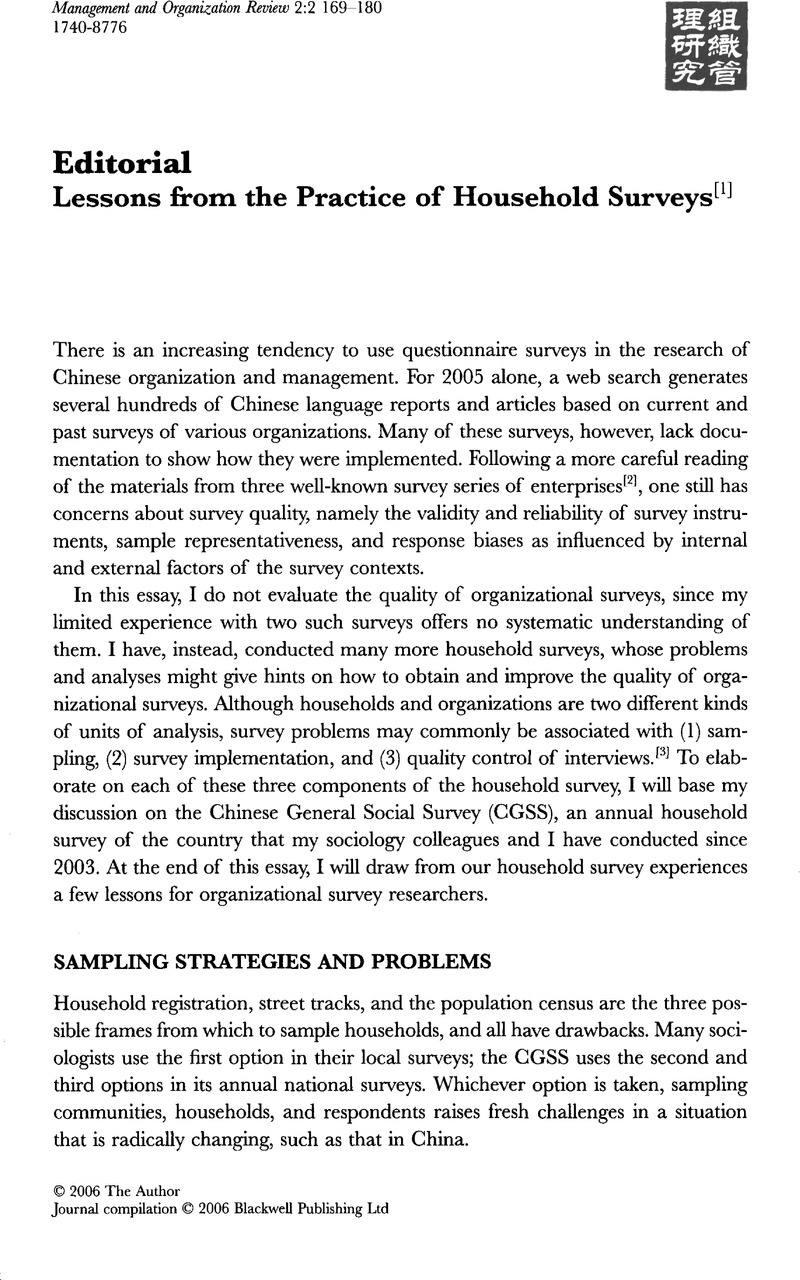Crossref Citations
This article has been cited by the following publications. This list is generated based on data provided by Crossref.
Chen, Juan
2011.
Internal migration and health: Re-examining the healthy migrant phenomenon in China.
Social Science & Medicine,
Vol. 72,
Issue. 8,
p.
1294.
Chen, Juan
2012.
SEEKING HELP FOR PSYCHOLOGICAL DISTRESS IN URBAN CHINA.
Journal of Community Psychology,
Vol. 40,
Issue. 3,
p.
319.





